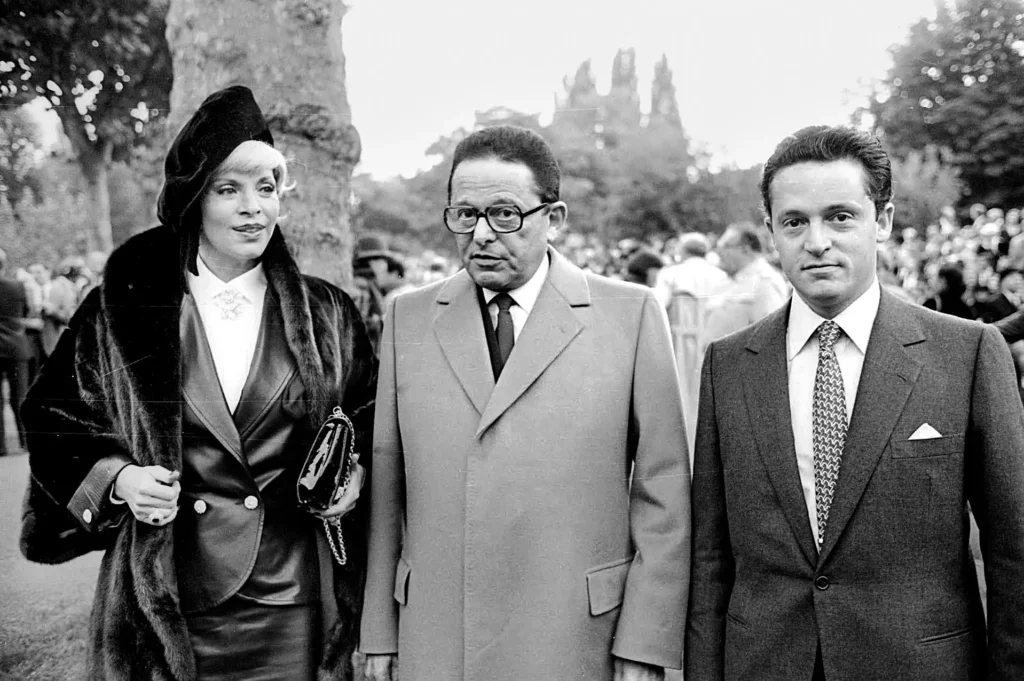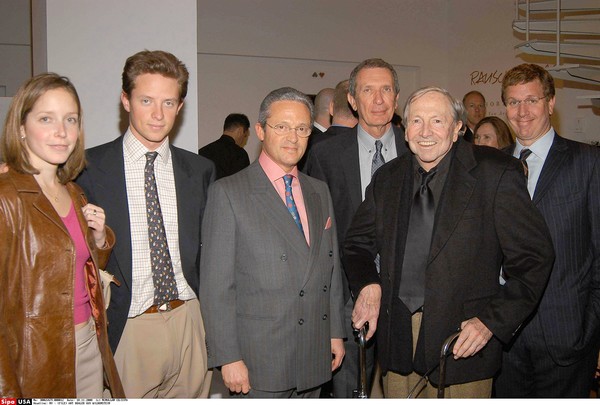Estimated Net Worth: ~$5 Billion
Base of Wealth: Art Dealing, Collections, and Galleries
Primary Locations: Paris, New York, Switzerland
Known For: Elite art brokerage, Old Master paintings, high-profile legal battles
There are families who collect art, and then there are families who define its market. For more than a century, the Wildenstein family has operated not just at the top of the art world—but above it. They are dealers, advisors, curators, and, at times, power brokers behind the scenes of billion-dollar masterpieces.
But their story is not just one of Van Goghs and Degas. It is also a saga of dynastic wealth, international scandal, opaque trusts, and a family legacy that lives somewhere between a museum catalog and a spy novel.

A Dynasty Begins: From Alsace to Fifth Avenue
The Wildenstein name traces its origins to Alsace, France, but the family’s empire began to take shape in Paris in the late 19th century, when Nathan Wildenstein, a French-Jewish émigré, opened a small art gallery. Specializing in Old Masters—paintings by artists such as Rembrandt, Rubens, and Fragonard—his business flourished in the wake of a European aristocracy looking to liquidate their estates.
By the early 20th century, the Wildenstein name had become synonymous with high culture and elite collecting. They were the dealers behind the dealers, supplying aristocrats, museums, and billionaires with artworks that would later grace institutions like the Louvre, the Met, and the Getty.
Each generation expanded the reach. Georges Wildenstein, Nathan’s son, became a renowned art historian and critic. His son, Daniel Wildenstein, took things further—building the Wildenstein Institute, compiling authoritative catalogues raisonnés (the gold-standard publications authenticating artists’ works), and quietly advising heads of state and global museums.
Daniel Wildenstein: The Art World’s Invisible Hand
If there was ever such a thing as an art oligarch, Daniel Wildenstein was it. Educated, impossibly discreet, and famously aloof, he cultivated connections with Rothschilds, Rockefellers, Guggenheims, and museum directors around the world. He also created a global network of art sales and storage facilities, some say rivaling that of national institutions.
By the time of his death in 2001, the family’s collection and dealings were estimated to involve thousands of artworks—many of them never publicly displayed, and some stored in freeports, immune from taxation and scrutiny.
Secrets, Succession, and Scandal
It was after Daniel’s passing that the cracks began to show.
His second wife, Sylvia Roth, filed legal claims alleging that the Wildenstein heirs had hidden vast troves of art and assets through an opaque web of offshore trusts in the Bahamas, Guernsey, and Liechtenstein. She claimed she had been defrauded out of her rightful inheritance, and what followed was one of the most high-profile estate disputes in French legal history.
At the center of the case was Guy Wildenstein, Daniel’s son and heir to the empire. Known in art circles as cultured and cosmopolitan—with homes in New York, Paris, and Kenya, where the family also breeds racehorses—Guy found himself thrust into public view as French tax authorities accused the family of hiding hundreds of millions of euros in undeclared art and cash assets.
The charges included tax fraud and money laundering, and prosecutors alleged that more than €600 million in paintings and property had been sheltered from France’s inheritance tax.
In 2017 and again in 2023, Guy was tried and ultimately acquitted, though the shadow of the case and years of courtroom drama left a stain on the family’s name. What was once whispered in salons about their secrecy was now front-page news.
The Wildenstein Institute: Gatekeepers of Authenticity
Despite the scandals, the family’s institutional influence remains intact. The Wildenstein Institute, now co-managed by Guy, continues to publish some of the most respected art catalogs in the world. These catalogs determine whether a painting is deemed authentic—and in the art world, that distinction can mean the difference between a $10,000 canvas and a $100 million masterpiece.
This power has not been without criticism. Some dealers and collectors have claimed that the Institute’s control over authentication created conflicts of interest, particularly when the family itself has been involved in buying or selling related works.
Still, for museums and serious collectors, a Wildenstein attribution is as valuable as the signature on the canvas.

Wealth Beyond the Canvas
The Wildenstein fortune, while built on brushstrokes, has been preserved through strategic diversification:
- Blue-chip art holdings stored and traded through private channels
- Equine investments through thoroughbred breeding operations in France and Kenya
- Real estate in Paris, Manhattan, and across Europe
- Financial holdings protected through intricate trust structures
The exact value of the family’s wealth is unknown—estimates range from $4 to $5 billion, though some experts suspect much more remains obscured. What is certain is this: few families have done more to shape the modern art world — and fewer still have done so from behind such a thick velvet curtain.
The Price of Legacy
The Wildenstein name is both revered and reviled. It represents cultured excellence and cultivated mystery, yet also serves as a case study in the dangers of dynastic wealth kept too far from daylight.
Their story offers something rare in the world of high society: a true gothic dynasty — complete with vaults of Old Masters, allegations of betrayal, and the unrelenting weight of legacy. It is a reminder that true old money doesn’t simply spend—it controls, and that sometimes, the most valuable paintings are the ones no one sees.
